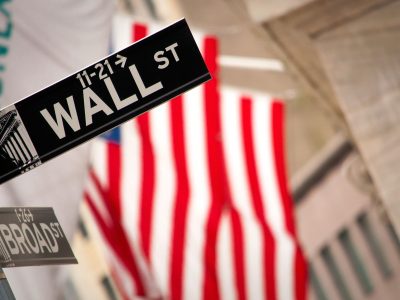
Citigroup (NYSE: C) stock price has pulled back in the past two months as concerns about the pace of Federal Reserve interest rate cuts and its ongoing turnaround efforts remain. It retreated to a low of $58, down by 14% from its highest point this year, meaning that it is in a technical correction.
Citigroup’s turnaround measures
To a large extent, Citigroup is one of the cheapest banks in Wall Street. The company trades at a price-to-book ratio of 0.58, while JPMorgan, Goldman Sachs, Bank of America, and Morgan Stanley have a multiple of over 1.12.
This valuation means that its market value is much lower than its book value. In other words, in a period of liquidation, Citi’s assets would be worth more than the current market value.
The company’s forward price-to-earnings ratio of 9.89 is also lower than the S&P 500 index average of 21 and that of other banks, which have a multiple of over 11.
This valuation divergence is because of Citigroup’s long history of slow growth and scale. Unlike the other Wall Street banks, Citi is a global bank with branches from over 150 countries, making it a more difficult company to run. Instead, despite its size, JPMorgan is primarily an American company.
Citigroup’s scale also means that it has more employees than most banks. It has over 229k employees while Goldman Sachs and Morgan Stanley have 33k and 79k, respectively. JPMorgan and Bank of America have 313k and 212k, respectively.
Most importantly, past Citi’s CEOs have mostly focused on short-term profits instead of making substantial investments in technology. A good example of this is the company’s big mistake of sending millions of dollars to Revlon a few years ago.
Therefore, Jane Fraser, who became CEO in 2021, is working to turn the company around. She is exiting some of its international markets, including Mexico, where it hopes to spin its Banamex bank into a separately run company. The deal is expected to end in 2025. Analysts believe that the company has more foreign operations to shutter.
Citigroup is also working on its internal systems, which most people believe are mostly outdated. Fixing these systems will be a highly expensive affair, meaning that its profits could take a hit. Just recently, the company received a $60 million fine by the Federal Reserve Board for failure to hit key milestones on data quality management.
Additionally, Citi is laying off over 20,000 jobs, merging divisions, and like other banks, she is focusing on the wealth management industry.
Analysts believe that Citi’s turnaround measures will take a long time to engineer and to start bearing fruit. Some analysts believe that the company should consider separating its business into two entities: an American and an international bank.
However, this breakup will likely not happen because Citi’s vision is to be a banking partner for institutions with cross-border needs, a leader in wealth management, and a leader in personal bank in the US.
Ctigroup stock remains sharply lower than ATH
Citigroup’s stock has jumped by over 115% from its lowest point in 2020 and is up by over 56% from the year-to-date low.
However, the stock remains 85% below its all-time high. In contrast, the other large Wall Street companies like JPM, GS, and Morgan Stanley are hovering near their all-time high. Crawling back to a record high of $395 will take more drastic measures.
The most recent financial results showed that Citi’s revenues rose by 4% to over $20.1 billion while its net income jumped by 10% to $3.2 billion. Its earnings per share came in at $1.52, a 10% increase from the same period in 2023.
This growth happened even as its net interest income dropped by 3% to $13.49 billion. Its costs optimisation program led to a 2% decline in costs to over $13 billion.
Citigroup’s net interest margin fell slightly because of weak deposit growth as many customers moved their cash to money market funds. Customer deposits stood at $1.31 trillion, down from $1.38 trillion in the same period in 2023.
Therefore, from a fundamental aspect, I believe that Citi is a cheap bank whose management is taking the right measures. If it succeeds, then the company will be in a good place to narrow its valuation gap with the other banks.
Citi stock price analysis
Turning to the monthly chart, we see that the Citigroup share price has risen to a key area of resistance, where it failed to move above two times since January 2021. This price is also the upper side of the ascending triangle chart pattern.
Therefore, the stock will only become a good buy if it crosses that area of resistance. If this happens, the next point to watch will be the psychological point at $100. Before that happens, there is a risk that it could drop and retest the ascending trendline that connects the lowest swings since March 2019.
The post Citigroup stock needs to flip this price to continue its uptrend appeared first on Invezz









